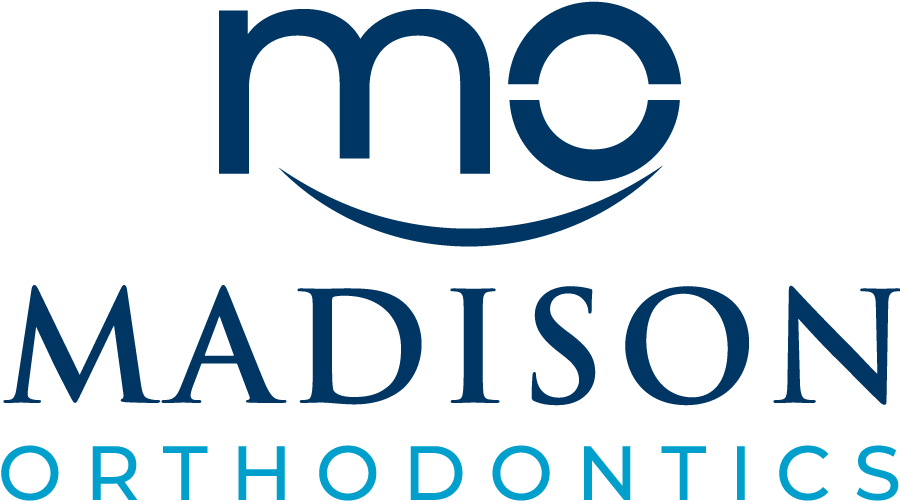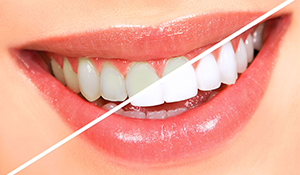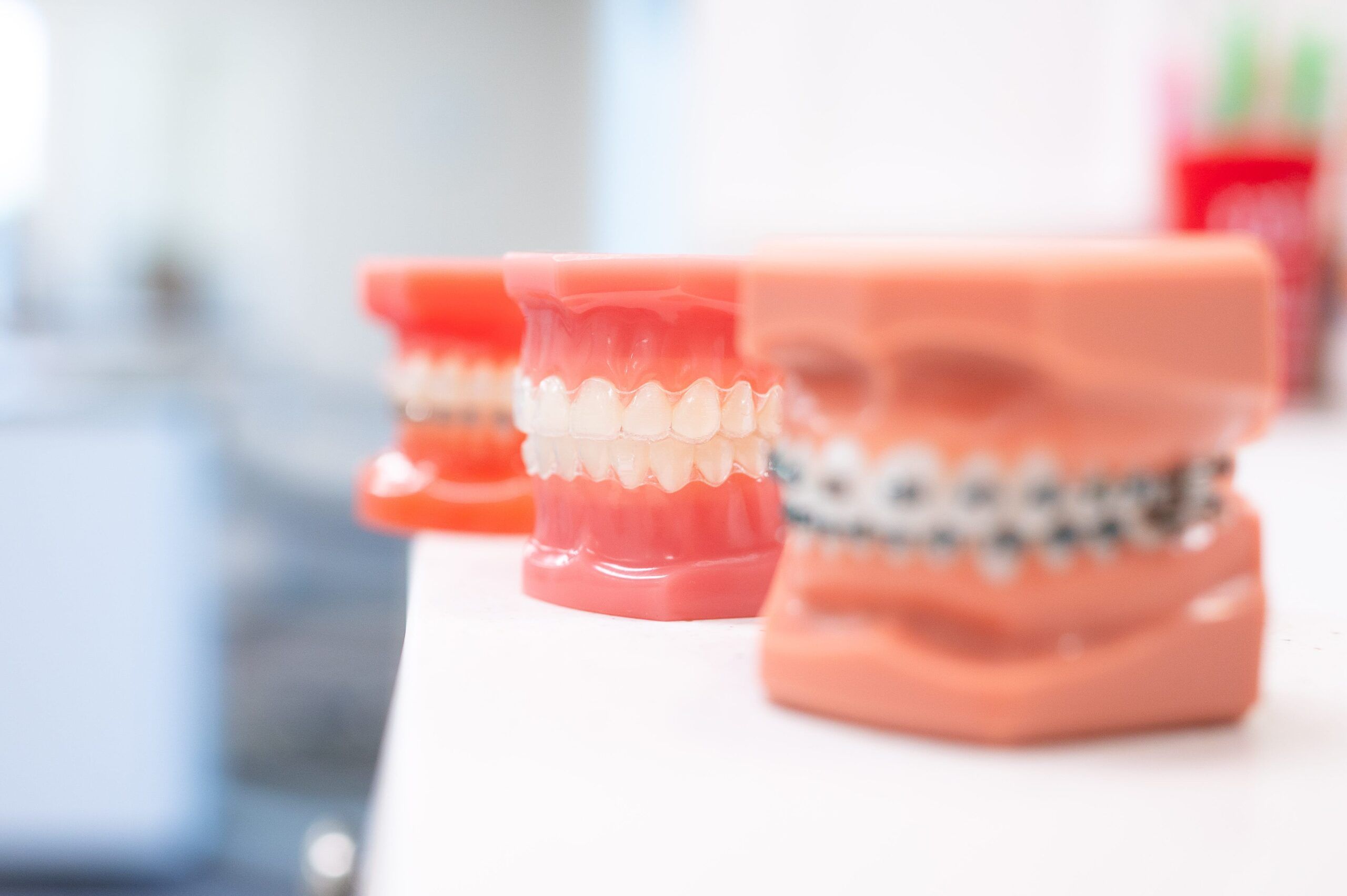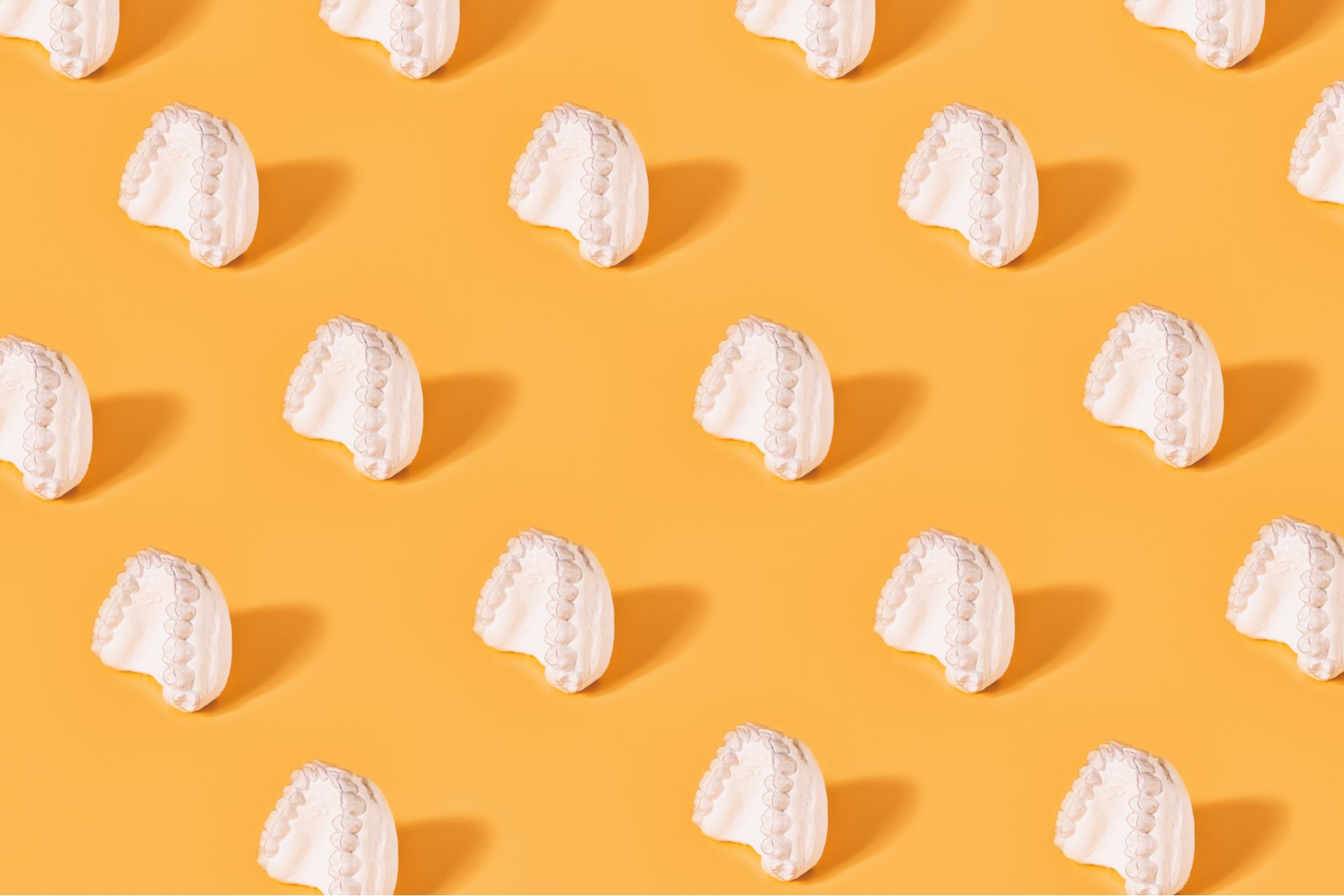1: Perform an initial screening to identify any pre-existing oral, medical or sensitivity conditions when considering or disqualifying whitening candidates
Treat existing issues or disqualify any patient who:
- is undergoing periodontal treatment
- exhibits failing restorations
- has existing or developing caries
- is in an unhealthy oral state
is undergoing periodontal treatment
exhibits failing restorations
has existing or developing caries
is in an unhealthy oral state
In other cases, instruct patients to consult a physician before undergoing any whitening procedure:
- women who are pregnant or nursing
- patients with compromised immune systems or patients undergoing treatment for serious illness or disorder
- patients under the age of 13
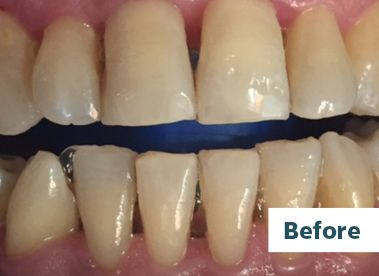
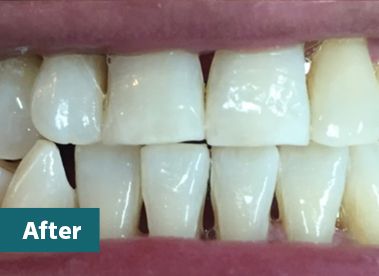
2 : Perform a shade and hypocalcification assessment
Step 1: Conduct a shade assessment. Log starting shade in patient’s file.
Step 2 : Place cotton roll in the vestibule for 10 minutes. If there are hypocalcified areas on the enamel, they will be easily identified with dehydration.
Step 3: Advise your patients that these spots will initially stand out due to faster uptake of hydrogen peroxide. But, that continued take-home whitening will even out the hypocalcification.
3 : Assess with gray, or moderate to severe tetracycline shades
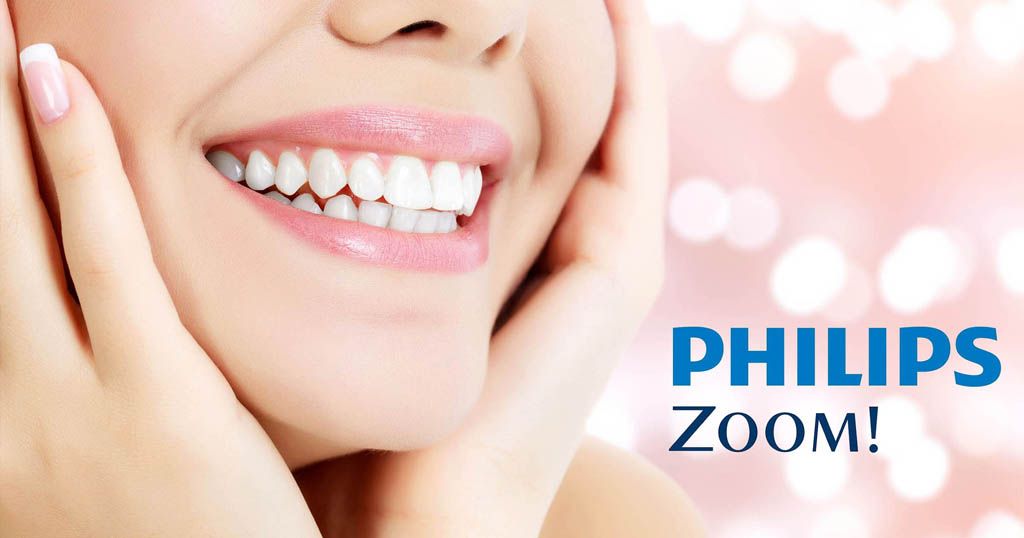
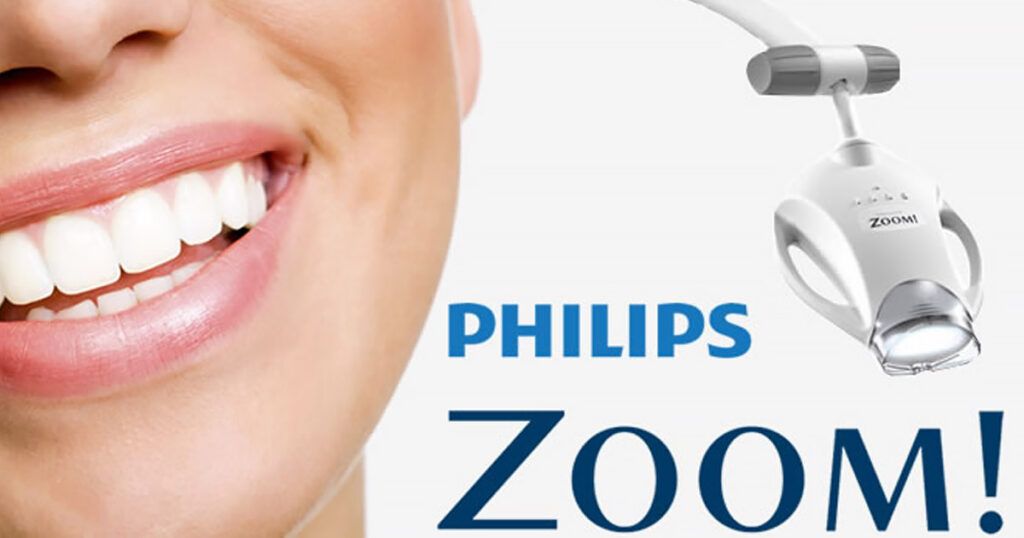
Recommend using Philips Zoom Ultimate Protocol that combines Philips Zoom WhiteSpeed chairside whitening with Philips Zoom NiteWhite take-home treatment:
Step 1: Four 15-minute Philips Zoom WhiteSpeed chairside sessions followed by step two.
Step 2: Two to four weeks of Philips Zoom 16% CP take-home treatments to achieve each patient’s desired whitening results.
4 : Discuss potential sensitivity
Why do patients experience sensitivity?
As with any whitening procedure, tooth sensitivity is a possibility with Philips Zoom. Sensitivity is
caused by stimulation of the pulpal nerves by hydrogen peroxide in the whitening gel. Higher
concentrations of hydrogen peroxide or carbamide can cause transient sensitivity in some patients.
Sensitivity to whitening varies greatly from generalized sensitivity that lasts up to several hours
to localized shooting pains that occur during or immediately after the procedure. Most Philips Zoom
patients do not experience any sensitivity, but in order to ensure the most optimal patient
experience follow section 5.
Communicate to the patient that no damage is occurring to the teeth and the sensation is temporary and will pass within 24-48 hours. Work with your patient to find the right Philips Zoom treatment for them. All Philips Zoom products are designed and formulated with patients in mind to deliver little to no sensitivity and maximum results
5 : Philips Zoom WhiteSpeed LED lamp patient protocol – 10 easy steps
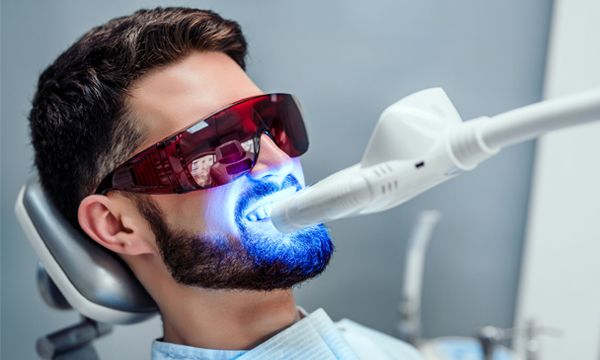
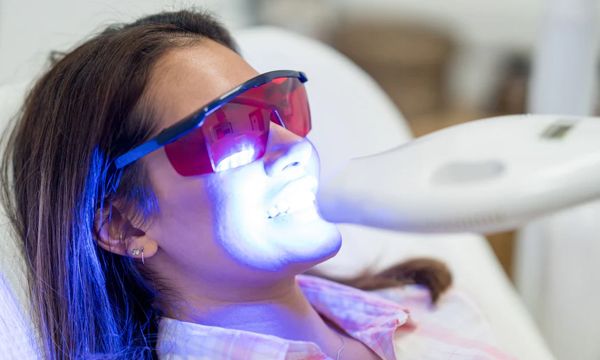
Pre-procedure
Step 1: Recommend ALL patients brush with a desensitizing toothpaste with potassium nitrate (KNO3) 2x day for up to 14 days. Confirm the recommended toothpaste is stannous fluoride free.
Step 2: Recommend patients take 600mgs ibuprofen one hour prior to the procedure
unless contraindicated.
Step 3: Recommend patients apply Relief® ACP gel for 15-30 minutes prior to whitening procedure.
During the procedure
Step 4: Isolate all soft tissue to maximize patient safety and comfort. Additional application of
Relief® ACP may be applied to the lingual surfaces prior to placing the whitening gel.
Step 5: If the patient has exposed dentin from recession or worn incisal edges, protect them by applying Liquidam on the incisal edges and/or turn down the intensity of the WhiteSpeed lamp as needed; reapply Relief® ACP to lingual surfaces.
Post-procedure
Step 6: Shade assess and inform the patient of their whitening shade change.
Step 7: Instruct ALL patients to wear their custom trays with Relief® ACP for 30 minutes2 immediately after the procedure, and as needed, to control sensitivity.
Step 8: Administer additional ibuprofen as needed; consult dosage instructions for full prescribing information unless contraindicated.
Step 9: Instruct patients to utilize their post care take-home treatment to further enhance or maintain
their whitening results after the in-office treatment.
Step 10: Patients should avoid staining food and drink for two hours directly after the whitening treatment and avoid chlorhexidine rinse for two weeks.

